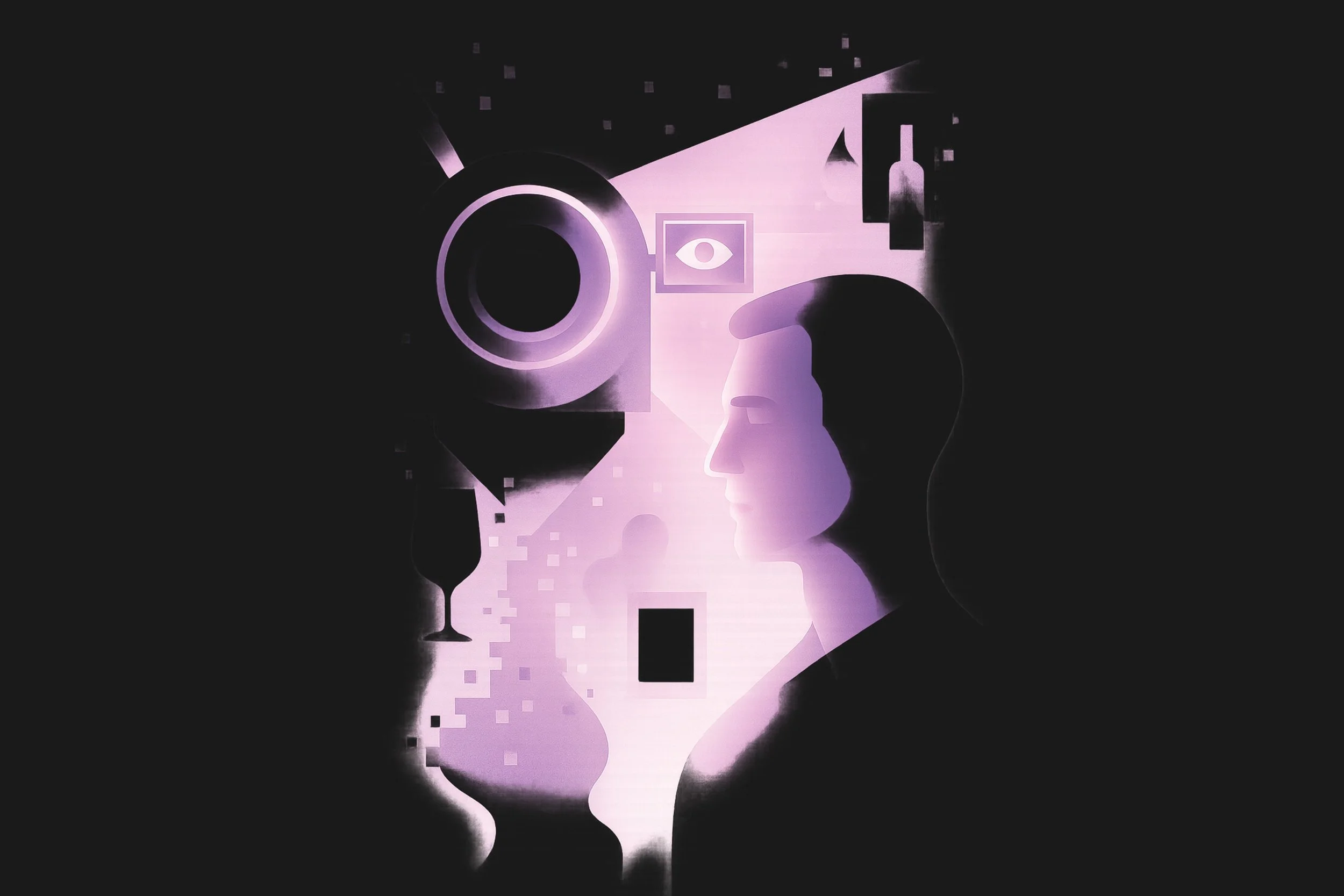AI-Driven Creativity: When Algorithms Design Campaigns That Work
This image has been generated with AI
In today’s saturated digital landscape, brands face ever-increasing pressure to stand out, move fast, and maintain consistent voice and visuals across multiple channels, languages and markets. Generative artificial intelligence (AI) tools, for example text-to-image systems like Midjourney, large language models like ChatGPT, and video/creative platforms like Runway, are rapidly reshaping how marketing campaigns are conceptualised, produced and scaled. The promise is clear: faster ideation, scalable production, multilingual and multi-format output, and consistent brand tone, all while freeing human creative teams to focus on strategy and differentiation rather than routine execution.
Technological adoption speaks volumes. Recent data shows that the generative AI market is expected to reach approximately US$62.7 billion in 2025, with a compound annual growth rate above 40% between 2025–2030.[1] Additionally, a McKinsey survey found that generative AI usage rose from 33% in 2023 to 71% in 2024 across business functions.[2] These figures signal that AI is no longer experimental,it is becoming a foundational tool in marketing and creative workflows.
Generative AI offers several core advantages for campaign production. First is scalability: digital asset creation that once required weeks can now be completed in days. For example, one marketing technology provider notes that for each US$1 invested in gen-AI a return of roughly US$3.70 is possible.[3] This kind of efficiency matters when brands are operating globally, requiring visuals, copy and variations for multiple languages, regions and channels.
AI also enables shorter cycle times and more frequent experimentation. According to industry reporting, 86% of advertisers are already using or plan to use generative-AI for video ads, with expectations that by 2026 up to 40% of video ads will leverage generative tools.[4] In the food & beverage world, where seasonal trends, craft releases, flavour innovations and export initiatives matter, speed and agility are strategic advantages.
This image has been generated with AI
However, deploying generative AI creatively also requires strategic discipline. Key considerations include:
· Human-AI collaboration: Tools amplify, but do not replace, human insight. Human creatives still shape story arcs, brand voice and emotional resonance. As Harvard Professional Development notes, effective marketing depends on human judgement even when AI handles production.
· Brand guardrails and quality control: Large volumes must not dilute brand identity. Systems of approval, prompt libraries and style guides are essential.
· Multilingual and multicultural deployment: Global F&B brands must localise visuals, copy and formats for diverse regions without losing identity, generative AI helps generate variants and translations with speed.
· Ethics, bias and authenticity: Research warns that AI outputs may embed demographic bias, brands must monitor for fairness, cultural sensitivity and authenticity.[5]
· Linking to business outcomes: It’s not enough to reduce cycle time or cost, brands must measure conversions, engagement uplift and brand-equity impact. Survey data show that although adoption is high, enterprise-wide EBIT improvement from generative AI remains limited, with 80% of companies yet to report significant bottom-line gains.[6]
In the food & beverage sector, generative AI is especially relevant due to the need for narrative rich campaigns (heritage, terroir, flavour profiles), global distribution, multiple touchpoints (digital, physical, export). For example, brands might compress seasonal campaign build cycles, create localised flavour visuals, test message variants in hours, and deploy multilingual assets without multiplying cost or time. Yet success depends not on the technology alone, but on the thoughtful integration of human oversight, brand discipline, ethical vigilance and business metric alignment. With the right structure in place, brands can harness algorithmic creativity to tell their stories at scale.
[1] Key Generative AI statistics and Trends for 2025, URL: sequencr.ai (05.28.2025)
[2] The state of AI: How organizations are rewiring to capture value, URL: mckinsey.com (03.12.2025)
[3] Key Generative AI statistics and Trends for 2025, URL: sequencr.ai (05.28.2025)
[4] Tom Butts, Nearly 90% of Advertisers will Use Gen AI to Build Video Ads, According to IAB, URL: tvtechnology.com (07.15.2025)
[5] Yilmaz B., Ashqar H.I., Towards Equitable AI: Detecting Bias in Using Large Language Models for Marketing (02.18.2025)
[6] The state of AI: How organizations are rewiring to capture value, URL: mckinsey.com (03.12.2025)


